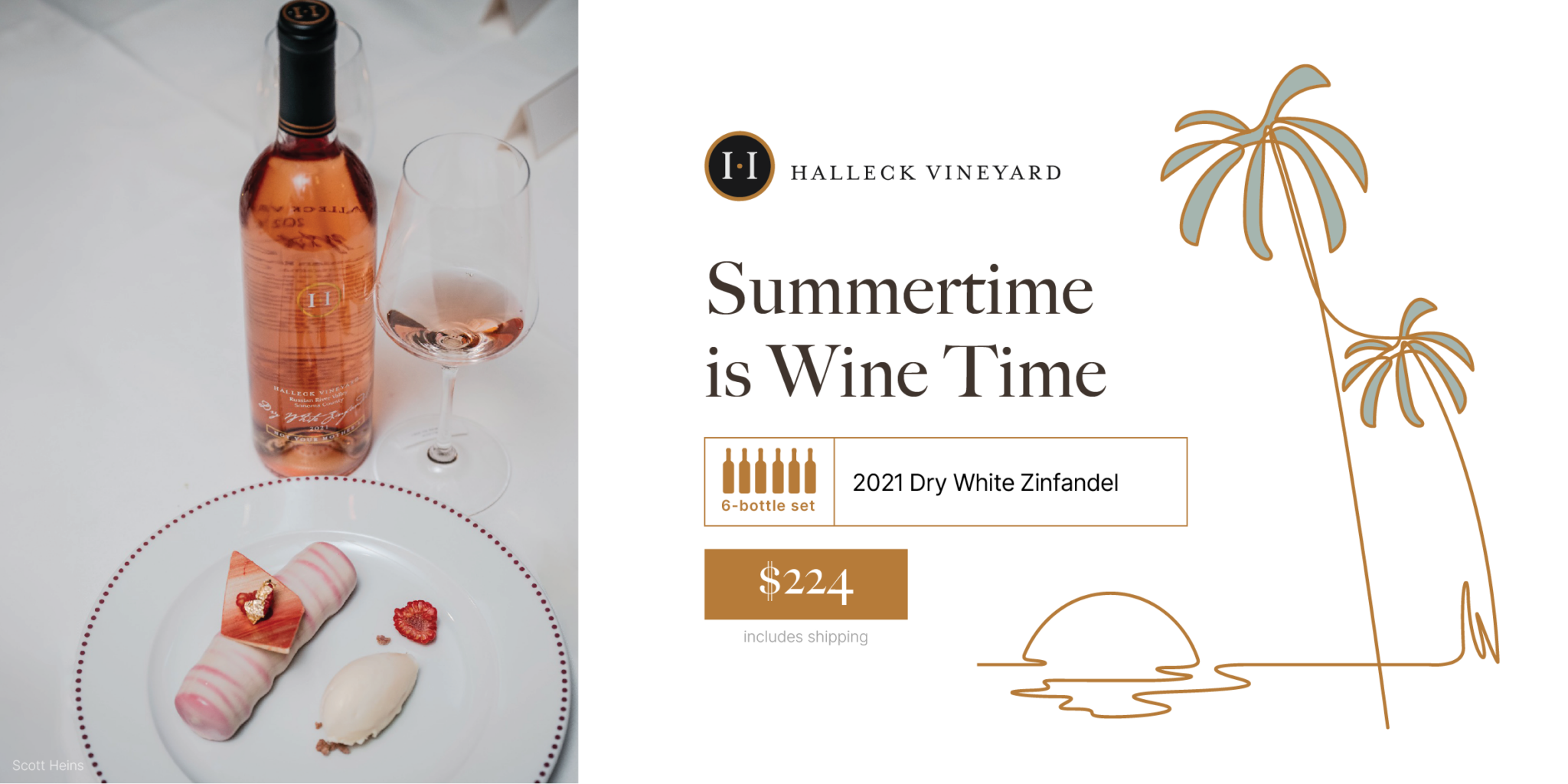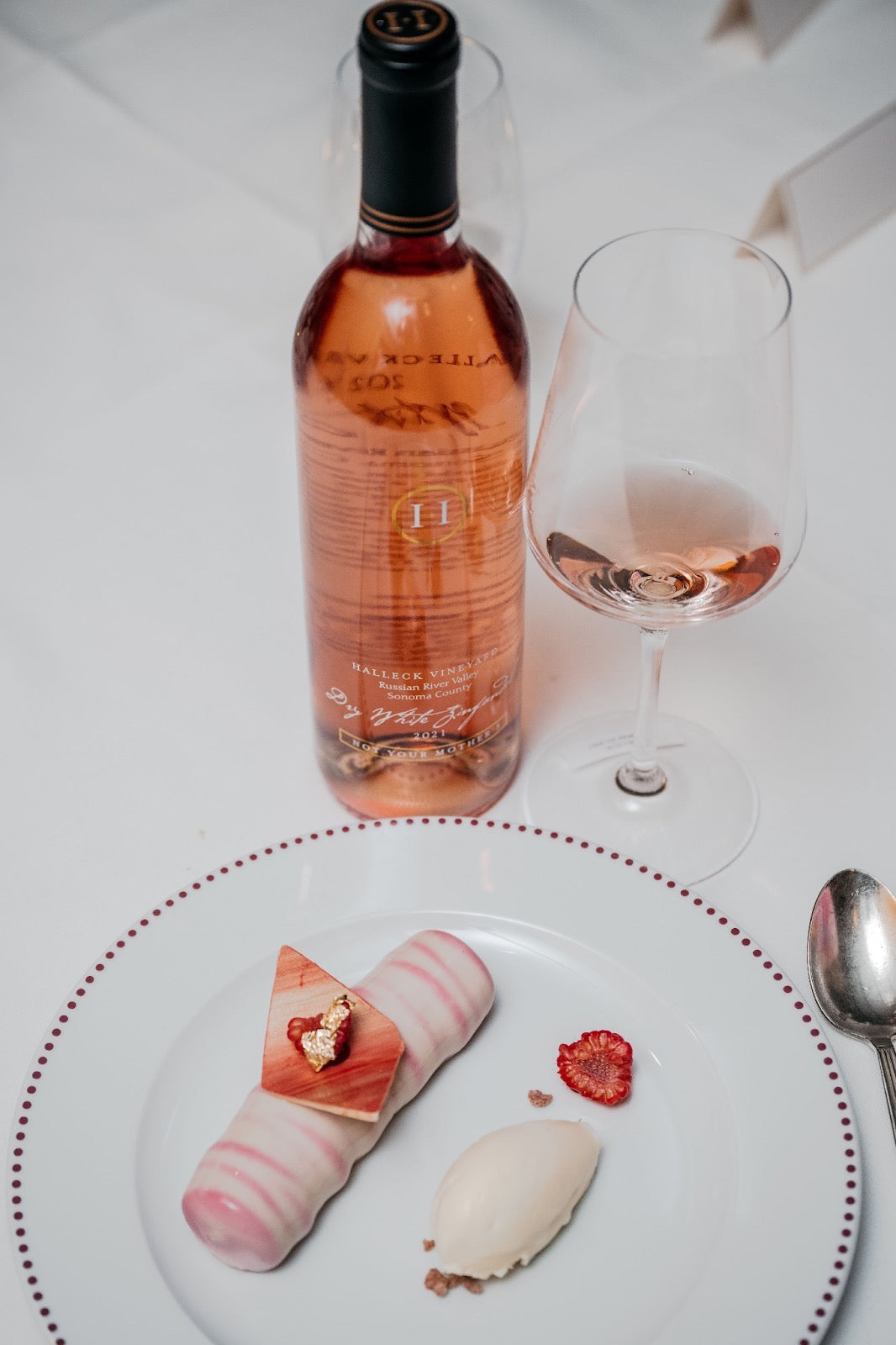Wineries Showcasing Local Art And Crafts - Best Vineyard In Sonoma
Family Friendly Wineries With Outdoor Spaces - Vineyard Visits And Wine Tasting In Sonoma
Wine tasting is an art that combines sensory experience with an appreciation for the nuances of various varietals. How to evaluate flavors in winery wine tasting classes is pivotal to grasping the complexities of wine.
Engaging in a wine tasting involves more than simply sipping and savoring. It requires a centered method to establish aromas and flavors that each wine presents. As you begin, observe the wine's look, noting its color and readability. These visual cues often suggest a wine’s age, grape variety, and even potential flavor profiles.
The next step within the tasting course of is to swirl the wine in your glass. This action releases aromatic compounds that are very important for evaluation. Lean in and take a moment to inhale deeply; the aromas can vary from floral and fruity to spicy and earthy. The nostril of the wine is just as important because the palate, and recognizing scents performs a big role in understanding the overall experience.
When taking your first sip, enable the wine to maneuver across your palate - Family-Friendly Wineries Near Sebastopol. Notice the initial flavors that current themselves. Is the wine fruity, floral, or maybe herbaceous? This initial taste offers perception into what the wine is likely to express as you proceed to evaluate it. The mouthfeel additionally contributes to the overall flavor experience; it can be silky, tannic, and even effervescent.
Wineries Offering Elegant Wine Tastings - Sebastopol Vineyard Visits
As you proceed tasting, pay consideration to the wine’s steadiness. A well-balanced wine will harmonize acidity, sweetness, and tannins. If one part overwhelms the others, it'd indicate a less desirable high quality. Evaluating steadiness might help you establish how nicely the wine would possibly pair with food.
Transitioning to the end, think about how the flavors evolve as the wine lingers on your palate. A long, nice end can indicate a high-quality wine, while a short or abrupt end would possibly counsel otherwise. Reflect on whether the flavors stay constant or if new notes emerge as the wine settles. This development can reveal complexities and intricacies that may not have been obvious in the initial tasting.
Temperature can be a vital think about evaluating wine flavors. Totally Different types of wine are optimally enjoyed at particular temperatures. White wines typically shine when chilled, while red wines usually carry out finest at room temperature. When tasting, make positive the wine is at the appropriate temperature to totally respect its character.
Wineries That Offer Barrel Tastings - Wineries With Stunning Views In Sonoma
Pairing food with wine can greatly improve the tasting experience. Meals can affect the perception of flavors in wine, either highlighting certain traits or diminishing them. When evaluating flavors, contemplate how the wine interacts with totally different foods, noticing which flavors are amplified or muted (Wineries Offering Private Events).

Consider the affect of terroir as you engage in a winery tasting. Terroir encompasses the distinctive environmental elements that affect grape growing, together with soil composition, climate, and geography. Understanding a wine's terroir can present insight into its flavors and aromas, fostering a deeper appreciation for the choices made throughout its cultivation and production.
Training plays a basic role in enhancing one's capability to judge wine flavors. Studying about grape varieties, wine areas, and production strategies can pave the way for extra informed judgments during tastings. Moreover, attending workshops or classes can refine sensory skills and expand your flavor vocabulary, enabling you to articulate tasting notes extra successfully.
Finally, it is essential to remember that evaluating wine flavors is a highly personal experience. Individual preferences and perceptions will invariably shape one’s tasting journey. Enjoyment should be at the forefront, with the evaluation process More Info appearing as a device to enhance understanding and appreciation rather than create rigid guidelines.
Innovative Wine-Making Techniques In Sonoma Valley - Vines And Views In Sonoma Wine Country
In conclusion, mastering tips on how to evaluate flavors in winery wine tasting periods entails a combination of sensory engagement, knowledge, and practice. By learning to identify aromas, assess the stability, and respect the intricacies of flavor, wine enthusiasts can deepen their connection to every bottle they encounter. As with any art kind, the extra one immerses themselves within the experience, the more they will uncover and enjoy the vast world of wine.
- Begin by observing the wine's color and clarity, as these visual elements can hint at its flavor profile and growing older potential.
- Swirl the wine gently in your glass; this releases aromatic compounds, allowing you to raised determine the complicated scents associated with the wine.
- Take a deep inhale before tasting, focusing on both primary and secondary aromas to gather insights on fruits, spices, and other nuances.
- When tasting, enable the wine to coat your palate; note the preliminary flavors, the mid-palate complexity, and the end as these stages can present completely different flavor highlights.
- Pay consideration to texture and mouthfeel, as features such as tannin levels, acidity, and sweetness contribute considerably to the general tasting experience.
- Evaluate flavors against standard wine traits; for red wines, think about berry notes, oak affect, and natural tones, whereas whites could include citrus, stone fruits, and floral hints.
- Take notes in the course of the tasting session to trace your impressions, helping you to recollect and evaluate the completely different wines sampled.
- Focus On your findings with fellow tasters or winery staff, as sharing insights can improve understanding and appreciation of individual flavors.
- Permit time for the wine to breathe; sometimes, flavors evolve and reveal new dimensions after being uncovered to air.
- Experiment with food pairings in the course of the tasting as they can dramatically alter how flavors are perceived, influencing overall enjoyment.undefinedWhat ought to I search for when evaluating the aroma of wine throughout a tasting?
Begin by swirling the wine in your glass to release its aromas. Bring the glass to your nostril and take a deep breath. Pay attention to the first scents you detect, as these are sometimes probably the most distinguished. Look for fruit, floral, natural, or earthy notes and try to establish particular characteristics, which will deepen your understanding of the wine's complexity.
Wineries Renowned For Cabernet Sauvignon In Sonoma - Top Wineries To Visit In Sebastopol

How can I distinguish between completely different flavor profiles in wine?
Understand that flavor profiles are sometimes categorized as fruit, floral, herbaceous, spicy, or mineral. Take small sips and allow the wine to coat your palate. Discover the primary flavors that emerge first and the subtle notes that comply with. This layering is important in distinguishing the wine's characteristics and will allow you to recognize its distinctive profile.
Top Rated Wine Experiences In Sebastopol - Vineyard Tours In Sebastopol
What is the importance of the wine's texture in a tasting?

The texture of the wine, also recognized as mouthfeel, plays a vital function in how we understand flavors. Pay consideration to whether the wine feels easy, creamy, or gritty. The physique of the wine (light, medium, or full) can enhance or contrast with flavors, providing a more rounded experience throughout tasting.
How do I assess the stability of flavors in wine?
Balance in wine refers back to the concord between acidity, sweetness, tannin, and alcohol. Take a second to evaluate whether these components complement or intrude with each other. A well-balanced wine will have none of its elements overpowering the others, creating a pleasant tasting experience.
Wineries Promoting Wine Club Memberships - Discover Sebastopol's Wine Scene
What position does temperature play in evaluating wine flavors?
Temperature can significantly influence the perception of flavors. Typically, red wines are finest served slightly beneath room temperature, while white wines get pleasure from being chilled. As the temperature modifications, the aromas and flavors can shift, permitting you to perceive completely different characteristics. It’s important to taste wine at its optimum temperature for true analysis.
Wineries Offering Private Events - Sonoma Wineries With Vineyard Views
How can I enhance my tasting skills over time?
Practice is essential to enhancing your tasting skills. Wineries With Beautiful Architecture. Attend tastings, keep a journal of your experiences, and discover several varieties of wines to broaden your palate. Additionally, studying about wine manufacturing and grape varieties can provide context that enhances your analysis process, making you a more knowledgeable taster.
Is there a specific order by which I ought to taste the wines?
Wineries Ideal For Romantic Getaways - Sebastopol Wine Tours And Vineyards
Sure, it’s advisable to taste wines from light to full-bodied and dry to sweet. This development prevents the stronger flavors from overshadowing the extra delicate ones, allowing you to completely recognize each wine's characteristics Full Article and nuances with out palate fatigue.
How can I consider the aftertaste of wine?
Wineries Ideal For Romantic Getaways - Sebastopol Area Wine Tasting
The aftertaste, or end, is a crucial side of the wine-tasting experience. After swallowing, take note of how lengthy the flavors linger in your palate and whether or not they change. A long, pleasant finish is often an indicator of a high-quality wine, while a short or disagreeable end might recommend otherwise.
Why is it essential to note the wine’s acidity during tasting?
Acidity contributes to the general freshness and construction of the wine. Pay consideration to the tingling sensation on your tongue; higher acidity can enhance the wine's liveliness and steadiness out sweetness. Noting acidity helps decide the wine's versatility with food and its getting older potential.
What ought to I do if I wrestle to identify particular flavors in wine?
Vineyard Tours With Guided Tastings In Sonoma - Sonoma Wine Culture
Struggling to determine flavors is widespread, especially for newbies. Focus on broader categories and describe what you can recognize, similar to sweet or earthy notes. With practice, reading about totally different flavor profiles, and perhaps using flavor wheels, you'll refine your senses and develop a more nuanced approach to tasting.